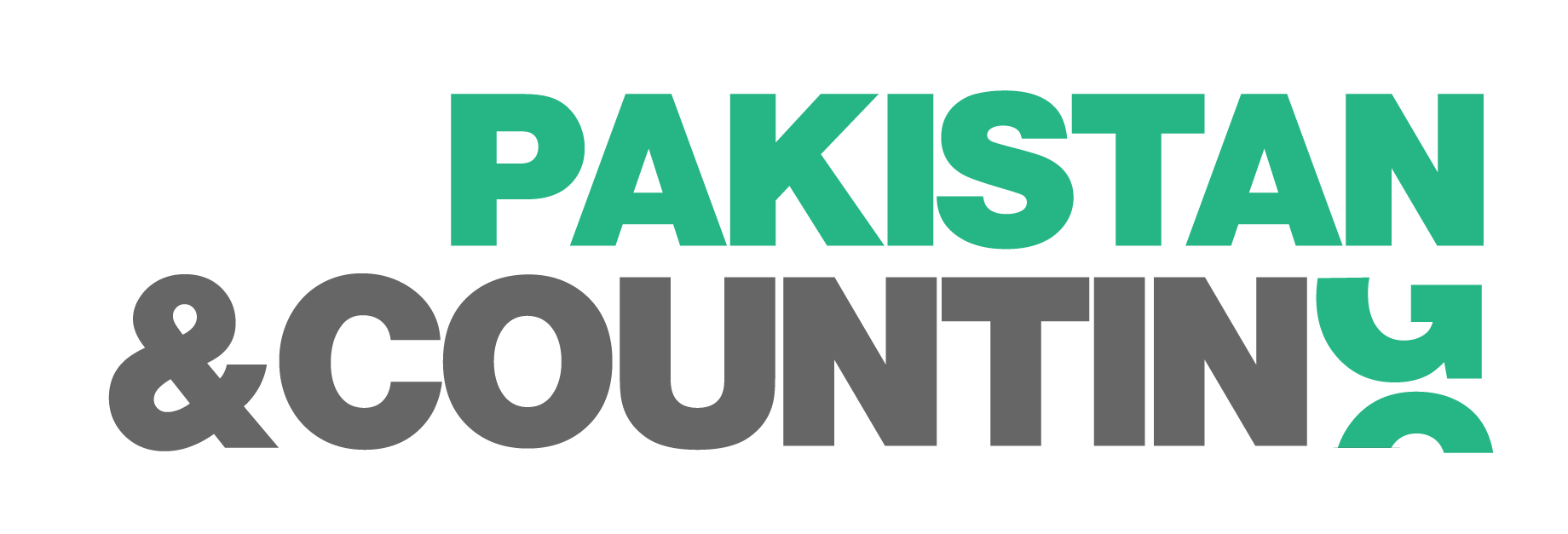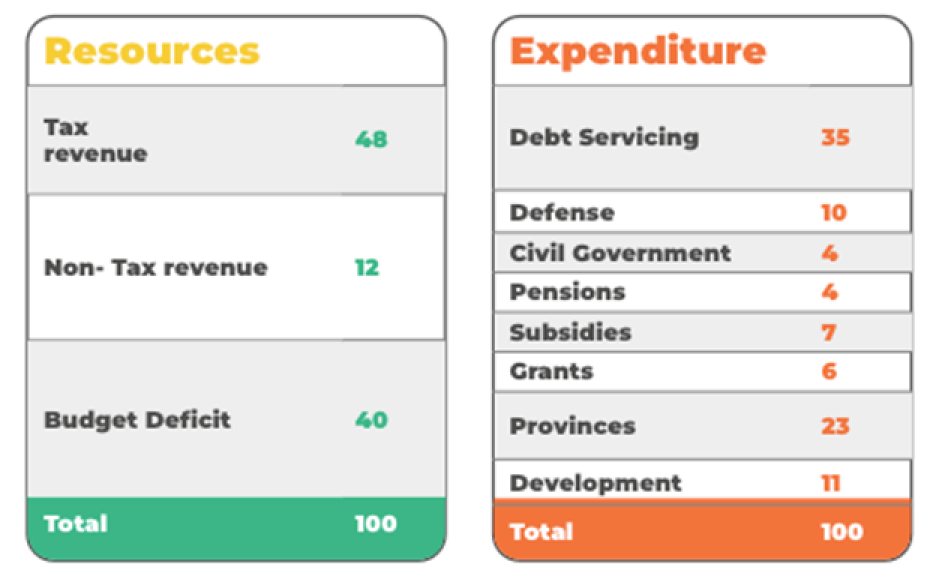Pakistan faces complex and often tense relationships with its neighbors, particularly India and Afghanistan. While its ties with Iran are relatively stable, Pakistan’s close alliances with the United States and Saudi Arabia have sometimes caused friction with Tehran. On the other hand, Pakistan shares strong relations with China. Overall, it can be said that Pakistan operates in a tough neighborhood. So does this justify Pakistan’s high military spending?
Pakistan’s Military Spending
Pakistan military spending is approximately Rs 1,600 billion annually, equivalent to about $6.5 billion. This accounts for roughly 1.89% of the country’s GDP, but when military pensions are included, this figure rises to 2.4%.
To put it into perspective, if we were to break down Pakistan’s budget into Rs 100, around Rs 13 would go towards military spending. This makes Pakistan the 24th largest military spender globally.
How does this compare to Pakistan’s economic peers?
Figure 1: GDP per Capita

When we compare Pakistan’s GDP per capita, its economic peers are countries like Nepal, Uganda, and Kazakhstan, while neighbors like India and Bangladesh have significantly higher GDP per capita.
Figure 2: Military Spending compared to Economic Peers

Pakistan’s economic peers spend about 3% of their budget expenditure on defense. In contrast, Pakistan dedicates a much larger share of around 9.8% of its budget to military expenditures.
Figure 3: Military Spending compared to Neighbors

Compared to its neighbors, Pakistan’s military spending is more aligned with India’s, which allocates 13.2% of its budget to defense. Bangladesh, on the other hand, spends much less with 5.5%. While military experts can assess whether this level of defense spending is sufficient, we aim to explore a more pressing concern for today’s world: economic security
Economic Security
To analyze Pakistan’s Economic Security, we examine three metrics.
A. Regional Trade
It is often said, “If goods don’t cross borders, soldiers will.” The idea is that countries with robust trade ties are less likely to engage in military conflict. So, how does Pakistan fare in terms of trade with its neighbors?
Figure 4: Military Spending compared to Neighbors

Pakistan maintains a strong trade relationship with Afghanistan, with 21.1% of Afghanistan’s total trade, amounting to $1.95 billion, being with Pakistan. However, trade with other neighbors is minimal. Only 0.61% of Iran’s trade is with Pakistan, and with China, it’s just 0.3%. Pakistan’s trade ties with India are virtually nonexistent, representing a mere 0.02% of India’s total trade.
This raises a critical question: will peace precede trade, or will trade foster peace? Opinions differ, but it’s clear that Pakistan is not meaningfully trading with most of its neighbors.
B. Food and Power Security
In the past year, Pakistan imported $8 billion worth of food, including $1 billion in wheat and $4 billion in palm oil. Every samosa eaten in Pakistan is effectively made with imported oil.
Figure 5: Military Spending compared to Neighbors

Pakistan also imports around $500 million worth of tea, meaning that every cup of tea consumed in the country is made with imported leaves. Additionally, the nation imports $750 million worth of pulses.
When it comes to energy, Pakistan is heavily reliant on imports. The country’s energy imports, including petrol, crude oil, furnace oil, and LNG, total $13 billion annually.
With foreign exchange reserves hovering around $8 billion—barely enough to cover two months of imports—Pakistan faces a major security risk, especially in the event of a crisis such as a drought.
C. Literacy Rate
In our view, Pakistan’s greatest security risk stems from its low literacy levels. Officially, the country’s literacy rate stands at 64%, which simply means that 64% of the population can either write their name or read basic newspaper headlines.
Figure 5: Out of School Children ages 5-16

However, the reality is far more concerning—Pakistan has a significant number of children out of school. Of the 65 million children aged 5 to16 who should be in school, 25 million or 38% are out of school. Looking ahead to 2040, if current trends persist, around 50% of Pakistan’s population could be uneducated.
Figure 6: Pakistan’s CPI Inflation

In a world facing high inflation—particularly in Pakistan, where inflation reached 28.2% in 2023—the lack of investment in human capital is a growing concern. As inflationary pressures continue to rise and global demand for skilled labor intensifies, Pakistan’s largely uneducated population will struggle to meet these challenges. Low skill levels in a competitive global economy pose significant risks, not only to Pakistan’s economic stability but also to its national security.
Conclusion
In today’s world, there is broad consensus that military strength can only be achieved through economic power. For Pakistan to build such economic might, significant reforms are needed. The country must:
- Increase tax collection to 12% of GDP
- Reduce government expenses
- Rationalize subsidies, particularly in the power sector
- Privatize state-owned enterprises
- Invest heavily in education, healthcare, and infrastructure
Only through these essential reforms can Pakistan strengthen its economy, which in turn will provide the foundation for military power




